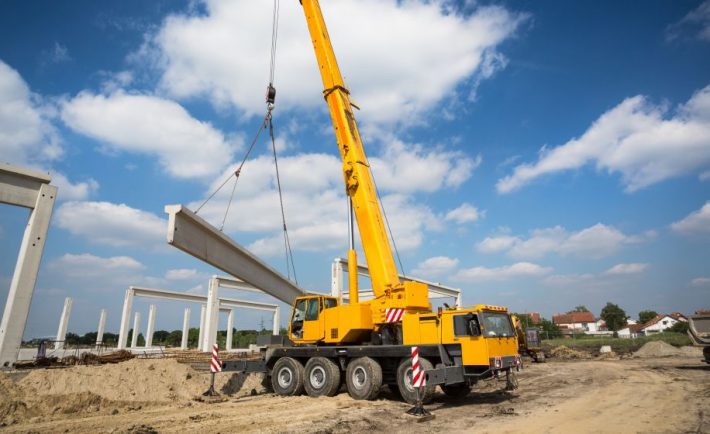The construction industry, like many different industries, is undergoing a significant transformation with the integration of advanced technology, which is reshaping traditional practices, improving efficiency, and setting new standards for safety and quality. From digital tools that streamline project management to automated machinery that enhances on-site productivity, technology is becoming indispensable in construction. Here’s what you need to know about this exciting intersection between tech and construction and how it’s revolutionizing the way projects are executed.
The Rise of Smart Heavy Construction Equipment

Incorporating technology into heavy construction equipment has been one of the most impactful changes in the industry. Modern machinery is now equipped with sensors, GPS systems, and real-time data analytics capabilities that allow operators and project managers to monitor equipment performance, fuel usage, and efficiency. These smart machines provide valuable insights that help teams make informed decisions, ensuring that projects stay on schedule and resources are used efficiently.
For example, GPS-enabled excavators allow operators to dig with precision, minimizing rework and reducing material waste. Similarly, loaders and bulldozers with real-time data tracking can help project managers optimize fuel usage and monitor maintenance needs, preventing costly breakdowns and minimizing downtime.
Drones for Site Surveying and Progress Monitoring
Drones have become an essential tool in construction, especially for large-scale projects. These unmanned aerial vehicles (UAVs) are used for site surveying, monitoring project progress, and conducting inspections in hard-to-reach areas. Equipped with high-resolution cameras and mapping software, drones can capture accurate data that can be converted into 3D models, helping teams visualize the entire site and make adjustments in real time.
The ability to survey vast areas quickly allows for faster and more accurate site assessments, which reduces the likelihood of errors during the planning phase. Drones also provide a safer way to inspect structures and monitor progress, as they eliminate the need for team members to physically access hazardous areas.
Building Information Modeling (BIM) for Collaboration
Building information modeling (BIM) is another revolutionary technology that has transformed how construction teams plan and execute projects. BIM is a handy digital representation of the physical and functional characteristics of a building, allowing all stakeholders to collaborate on a unified platform. This technology makes it possible to design, plan, and manage a project in real time, reducing miscommunication and errors.
BIM enables key team members, such as architects, engineers, and contractors, to work collaboratively, visualize potential issues before they arise, and adjust designs based on data-driven insights. This level of collaboration results in better project outcomes, fewer delays, and reduced rework, which ultimately enhances productivity and profitability.
Robotics for Automation and Safety
Automation is playing an important role in construction, especially through the use of robotics. Robots are now able to perform repetitive tasks, such as bricklaying, concrete pouring, and material handling, which reduces manual labor and minimizes the risk of injury. Robotics in construction not only enhances productivity but also contributes to a safer work environment by taking over hazardous tasks.
For instance, autonomous vehicles are being used to transport materials across construction sites, reducing the time and labor required for logistics. Additionally, robotic arms can perform tasks with precision, ensuring consistency in quality and reducing the margin of error. By automating high-risk tasks, robotics technology is helping construction companies maintain higher safety standards and reduce costs associated with workplace injuries.
3D Printing for Rapid Prototyping and Construction
3D printing is a clever disruptive technology that is changing how construction projects are approached, particularly in terms of time and resource efficiency. This technology allows companies to print concrete, plastic, and other materials to create building components and, in some cases, entire structures. With 3D printing, construction firms can produce parts and structures on demand, reducing the need for traditional manufacturing and transportation.
One of the most promising uses of 3D printing is in affordable housing, where structures can be printed quickly and at a lower cost compared to conventional construction methods. This technology also opens up opportunities for custom designs, enabling architects to experiment with innovative shapes and forms that would be difficult to achieve through traditional building techniques.
To Wrap Up
The intersection of technology and construction is transforming the industry, setting new standards for efficiency, safety, and innovation. By embracing tools like drones, BIM, robotics, and smart heavy construction equipment, construction companies can enhance project outcomes and establish a competitive edge in the market. As technology continues to evolve, the construction industry stands to benefit from improved workflows, cost savings, and greater adaptability, positioning it for long-term growth and success in an increasingly digital world.